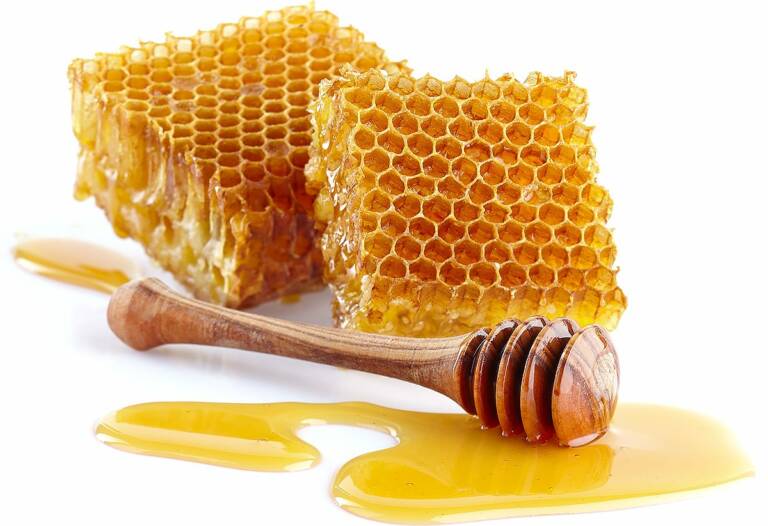Project Report For Honey Industry
Introduction
Project report for Honey Industry is as follows.
Honey is a natural commodity produced by bees, one of the most essential creatures in our world. In their lifetime, honey bees visit millions of flowers, pollinating plants and collecting nectar to bring back to the hive to generate honey.
In India, beekeeping and honey have a long history. Honey was the first sweet food tasted by ancient Indians who inhabited caves and jungles. The primary raw materials utilized in the beekeeping industry are pollen and honey from blooming plants. Both natural and cultivated plants in India offer enormous possibilities for the development of beekeeping. Almost 500 blooming plant species, both wild and cultivated, are valuable as major or minor providers of nectar and pollen. There are at least four kinds of real honey bees and three types of stingless bees. There are known to be several subspecies and races of these. Recently, the exotic honey bee has been introduced. These represent a diverse range of bee fauna that can be used to advance the country’s honey industry.

The development of beekeeping as a side business that generates extra cash is great. Beekeeping is achievable in locations with sufficient bee flora for at least six months. Modern extractors are used to harvest the honey made by Indian hive bees. Hemophilic yeasts are present in the extracted honey, causing fermentation and lowering the honey’s quality. Honey must be processed in a sophisticated honey processing facility in order to preserve its quality and quantity.
Product And Application Of Honey Industry
Honey has been utilized for millennia as a sweetener of choice and in the creation of confections. It has a wide range of uses in the pharmaceutical sector and is regarded as a medicine by ayurveda. As a result of its widespread use as a home remedy for coughs, several well-known brands of cough syrup use it as a delivery system for pharmaceuticals. It is a favoured food item for those who are dieting.
Lozenges can also be made with honey. However, it is typically offered as pure honey in glass jars. The moisture level of honey is typically decreased when it is bottled. High demand for good honey exists on the global market, and it has the potential to produce significant foreign cash for the nation.
Get Completely Custom Bankable Project Report
Market Potential Of Honey Industry
The size of the worldwide honey market was estimated at USD 8.58 billion in 2021, and it is anticipated to increase at a CAGR of 5.2% from 2022 to 2030.
Expenses

Product Cost Breakup

Reveneue Vs Expenses

Market Trend

Vitamins, minerals, calcium, and antioxidants are just a few of the nutritious components found in abundance in honey. As individuals become more aware of the advantages of leading a healthy lifestyle, there is an increased demand for nutrient-dense food products. The COVID-19 pandemic’s increased health concerns could drastically alter the honey industry.
The product is being recognised and accepted more widely as an effective medication to treat acute cough and throat infection seen in patients with corona infection due to its antibacterial, antiviral, and anti-fungal capabilities.
In addition to being used as a component in more and more health and cosmetic products, honey can be found in beverages, processed meals, jams, and jellies. The potential of these items to impart a pleasant taste in food and beverage products, along with their accessibility, is boosting market demand.
Additionally, honey has a variety of health benefits, such as the capacity to increase metabolic activity, regulate blood pressure, reduce the risk of diabetes, and even heal burn scars. As a result, it is frequently utilised in a variety of applications besides food and drink, including cosmetics and medicines, which is also expected to boost market growth.
Due to its cheaper costs and greater accessibility compared to organic honey, the conventional sector had the greatest revenue share of over 80.0% in 2021 and is anticipated to keep up its lead during the projection period. The conventional market is likely to be driven by the addition of new flavours and exotic additions to traditional
items that are being made in response to shifting consumer expectations. Due to the growing trend of healthy eating among adults and millennials, the organic segment is anticipated to see the quickest CAGR of 5.9% from 2022 to 2030.

